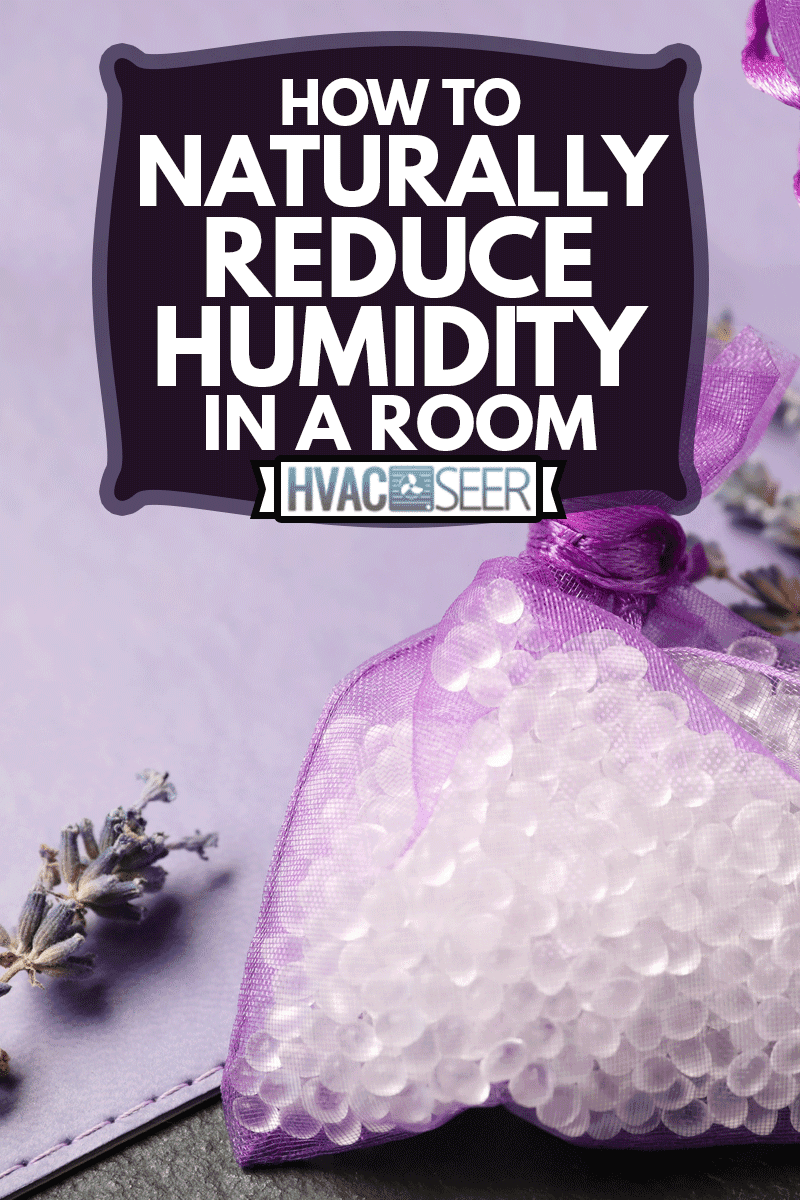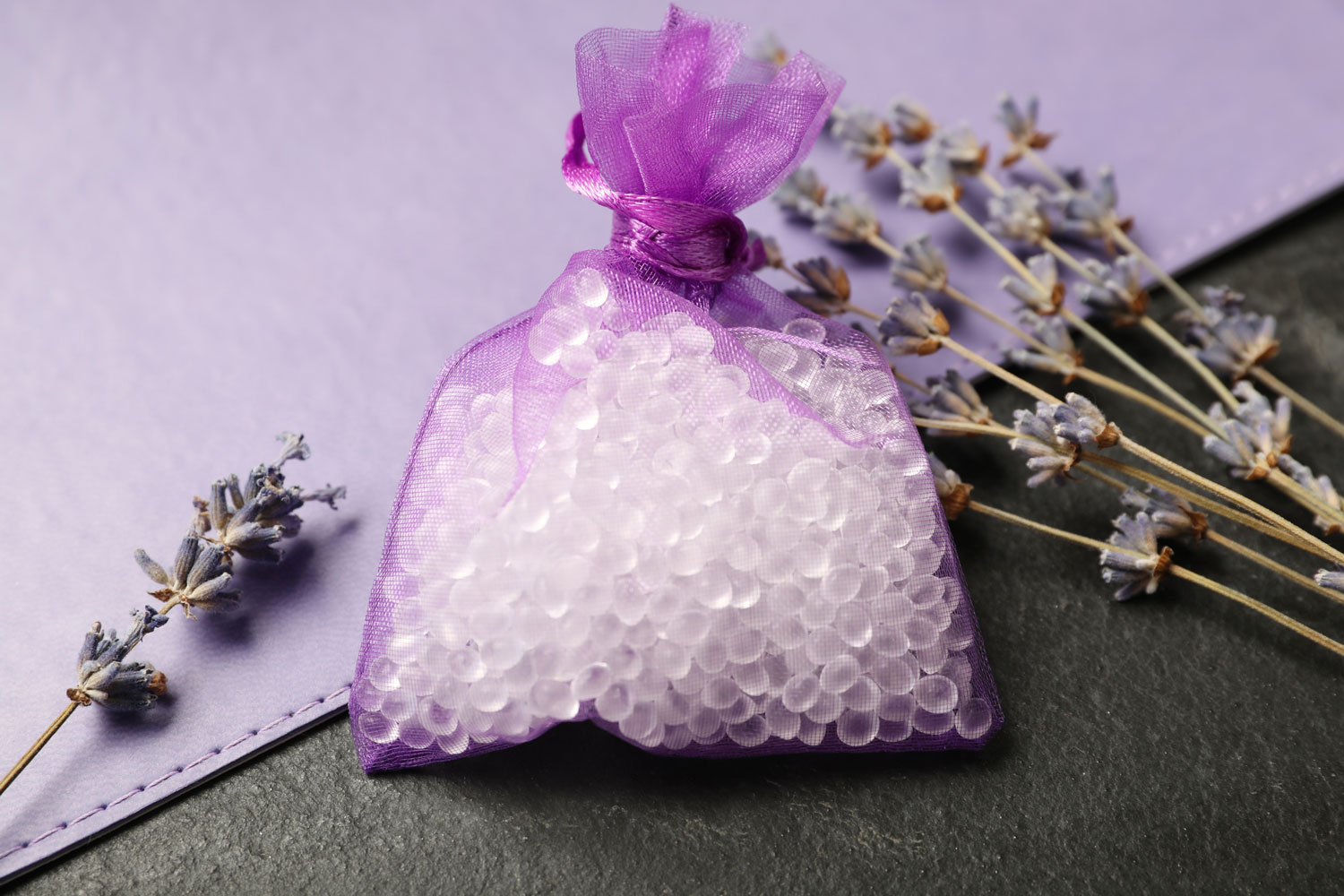Keeping your home at a healthy humidity level is necessary for several reasons. Not only is it ideal from a health standpoint, but it's also needed to maintain comfort in your home. However, a home that is too humid can spell problems for you. This is why we've researched the best ways to reduce humidity in your home naturally --after all, de-humidifiers can be expensive. In this post, we will go over these methods with you.
Here are ways to naturally reduce humidity in a room:
- Rock salt
- Baking soda
- Cat litter
- Charcoal
- Silica gel
- Powdered coffee creamer
- Open a window
A home that is too humid can provide the ideal environment for potentially harmful fungi and microbes such as mold and mildew to grow. It can also decrease the amount of heat that your body releases and make you sweat more. Continue reading to learn about the different ways to reduce indoor humidity.

Ways To Naturally Reduce Humidity In A Room
Rock Salt
Rock salt is a natural humidifier that absorbs moisture. It's also non-toxic and doesn't require electricity to reduce the humidity in your home. It's probably the most commonly used material for doing so. To use rock salt for this application, drill a few holes around the sides of a two-gallon bucket.
Next, add the rock salt to the bucket and fill it about a quarter of the way from the top. Leave the lid off of the bucket and, if possible, place a room fan in front of the bucket so that it can guide the air into the direction of the bucket's moisture trap.
Check out this two-gallon bucket on Amazon.
Baking Soda
You can also use baking soda as a natural dehumidifier. Baking soda works very effectively at reducing humidity in enclosed spaces or smaller rooms, and it's fairly easy to use. All you need to do is pour five to six cups of baking soda into a large mixing bowl and set it in the corner of the room where it cannot be kicked over. Occasionally stir the powder, as it will begin to clump as it absorbs moisture. You'll need to replace the powder every month or so to keep your room's humidity levels low.
Cat Litter
You can also use cat litter to reduce the amount of humidity in your room at home. Cat litters come in various solutions, so you'll want to use one made of clay. The clay-based products are super absorbent at absorbing water from urine and feces, and they'll do a great job absorbing the moisture from your room.
If your room is large, you can purchase a one-pound bag of kitty litter, pour it into a five-gallon bucket, and then place it in the room for natural de-humidification. Be sure to leave the top off of the bucket. If you have a smaller room, you can add it to a large mixing bowl and place it beneath your bed or in the closet.
Find this cat litter on Amazon
Charcoal
Who said that charcoal could only be used for BBQ? Yes, you can also use charcoal briskets to remove moisture from your home. Charcoal briskets work great in small areas such as bedrooms under 100 feet and bathrooms or larger areas such as basements and attics. To make your own DIY charcoal dehumidifier find a large metal can, such as a coffee can.
Next, take a drill or screwdriver and place several holes in the top and on the side of the can. Then, fill the can with charcoal until it is 3/4 of the way full. Set the can in the room that you plan to dehumidify and replace the pieces every 3 to 4 weeks.
Check out this charcoal on Amazon.
Silica Gel

The same silica gel that you see at the bottom of shoe boxes can be used to reduce humidity levels in your room. You can buy these silica gel pouches in jumbo packs and place them in a wicker basket in your room. If you don't have a wicker basket, you can also toss the silica packets in a glass jar and put a few holes in the lid. You'll need to replace them every few months, depending on your room's size and the level of humidity that it contains. These packs are inexpensive and can be purchased online or at local general stores.
Check out these silica gel packets on Amazon.
Powdered Coffee Creamer
You may be surprised to learn that non-dairy powdered coffee creamer also works as a great dehumidifier. It's actually one of the most efficient moisture absorbers that you can purchase. For this method, pour 4 to 6 cups of coffee cream in a medium-sized bowl and place the bowl in the center of your room or beneath your bed. You can also place the bowl in a closet and cover it with foil. Be sure to poke numerous holes in the foil. Check on the creamer every couple of weeks, and when it begins to harden, you'll need to replace it.
Open a Window

Sometimes high humidity levels can be reduced by simply airing out an indoor space. If there is a temporary factor causing excessive humidity levels in your home, simply open up a window or door to the outside to let in a little fresh air. This can be especially effective in colder months when humidity levels are typically lower outside. You can also turn on the heat or air conditioner to help speed things up.
What is the best humidity level for a home?
The ideal indoor humidity level depends on your personal preference. That being stated, it's recommended that you keep your indoor humidity levels anywhere between 40% and 50% daily.
Humidity levels above 55% can support the growth of black mold and other pathogens. Humidity levels lower than 30% can be detrimental to wood furniture and may make it difficult to breathe, especially for asthma sufferers. If you are unsure what the current humidity level is in your home or want to monitor it, you can buy a hygrometer online or at any local general store.
Read more details about this hygrometer on Amazon.
What causes high humidity in a house?
Several things can cause excessive humidity in your home. Let's discuss the most common ones.
Location
If you live in an area near a body of water, the chances are that your home will have higher levels of humidity regularly. Large bodies of water, such as oceans and lakes, are constantly emitting water vapor into the air. Areas that have high rainfall will also have higher levels of humidity. To combat this, you can purchase a dehumidifier, use natural dehumidifiers, or use your HVAC system to help remove some of the moisture inside your home.
Gas heaters
Gas heaters run using a process called combustion, which produces water vapor. A blue gas heater uses a chimney or flue to carry the water vapor and combustion solutions outside the house. However, if a gas heater is unplugged, it can release the water vapor directly into the home's interior, raising the humidity levels. This is especially dangerous as it can cause health problems and encourage the proliferation of mold and dust mites.
Seasonal Changes
You'll find that the year's warmer seasons will typically have higher levels of humidity. This is due to the evaporation of water from nearby bodies of water such as oceans and lakes, which raises the relative humidity level in the area. Also, warmer temperatures tend to hold more moisture than colder temperatures.
Bad Ventilation
If you have bad or no ventilation in your home, it can cause humidity levels to rise when humidity-producing activities take place inside the home, such as showering, cooking, and the hanging of wet clothes. Good ventilation is needed to circulate and refresh the air during the day. When this doesn't happen, a host of problems such as unwanted fungi and mold can occur.
Does higher humidity make it feel warmer?
Yes. If you noticed that your skin begins to feel warmer when you're in humid environments, this isn't just in your head. Our bodies produce sweat to help cool us down when we get too warm. When relative humidity is high, our bodies will naturally produce less sweat, resulting in us feeling warmer.
What humidity grows mold?
Humidity levels that remain at 60% or higher can cause mold to develop indoors.
Wrapping Things Up
By taking the appropriate steps and continuously monitoring your indoor humidity levels, you can create a comfortable and safe living environment. Remember, it's all about balance, too much humidity is definitely a bad thing, and too little humidity can also have negative effects.
Before you go, be sure to check out our other posts:







